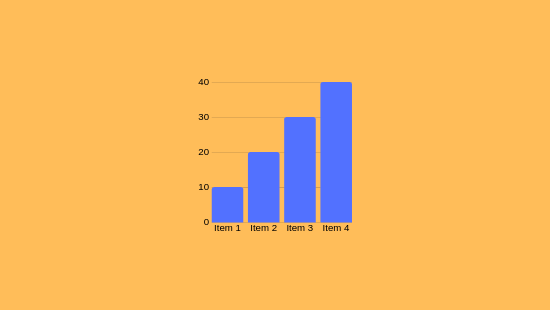Forex Indicators: Operational Mechanics
Forex Indicators: Operational Mechanics
Blog Article

As you explore Forex indicators, you'll discover they're mathematical tools that scrutinize market numbers to predict market behaviors. These indicators assist in identifying market patterns, confirming market cues, and detecting extreme market conditions scenarios. For example, the RSI tracks market force, while Bollinger Bands assess volatility. Enhancing your trade techniques by integrating these metrics is crucial, especially if you aim to control risks adeptly.
Understanding Forex Indicators
Forex measurement tools are mathematical aids integrated in charts to aid investors in scrutinizing market dynamics and making informed decisions. They provide perspectives into price movements and potential trading opportunities by processing historical and real-time data.
Forex tools are categorized into four primary groups: trend indicators (e.g., Moving Averages), momentum indicators (e.g., Relative Strength Index), volatility indicators (e.g., Bollinger Bands), and volume indicators.
These instruments can signal reversals, validate ongoing patterns, or highlight overbought/oversold climates. If you're looking to enhance your methodologies, grasping their roles is fundamental.
Categories of Forex Analytical Instruments
Upon evaluating market trends, investors often deploy a variety of indicators to aid in decision-making.
Forex indicators can be grouped into different types, each serving specific purposes.
Trend Indicators like Moving Averages (MA) and Bollinger Bands aid in uncovering movement patterns and possible price surges.
Momentum Indicators, including the Moving Average Convergence/Divergence (MACD) and Relative Strength Index (RSI), identify momentum changes and highlight overbought or oversold conditions.
Volatility Indicators like the Average True Range (ATR) quantify market variability, helping traders in establishing protective measures.
When applied wisely, these indicators can boost trading proficiency.
Essential Instruments for Trading Choices
To executive insightful investment choices, understanding and applying key measures that analyze market conditions is essential.
Price Movements (MA) track mean trade values over specific periods, revealing trends by evening out variations.
The Relative Strength Index measures momentum on a 0–100 scale, flagging overbought conditions above 70 and highlighting excessive sell below 30.
MACD compares two exponential moving averages to validate directional trends, with graphical representations illustrating bullish or bearish phases.
Bollinger Bands apply standard deviations around a moving average to assess fluctuation and potential reversals.
Fibonacci Retracement levels denote support/resistance zones considering historical shifts.
Synthesizing these indicators boosts accuracy by authenticating prompts if aligned, enabling exact timing for currency pairs.
Employing Indicators in Risk Oversight
As you fine-tune investment methods, effectively utilizing measurement tools for risk management is crucial. Tools like Moving Averages and Bollinger Bands notice volatility and identify potential entry/exit points for risk minimization.
These tools permit the setting of stop-loss orders and limit orders, which are key for limiting possible losses.
For example, applying stop-loss orders restricts your loss more info to a certain limit, such as 2% of your trading portfolio per trade. This disciplined tactic aids in managing forex risks by limiting exposure to fluctuations and leverage, which are significant challenges in forex trading.
Integrating Indicators for Improved Precision
Merging measurement tools is a sophisticated strategy for elevating accuracy in forex trading. This method enables for the leveraging of multiple tools to examine several facets of market behavior, including trends, drive, and volatility.
By implementing indicators like Price Averages, RSI, and MACD, you can craft resilient trade schemes. Instance given, pairing Moving Averages with RSI and Volume validates trend direction and momentum, while Bollinger Bands with Stochastic assess fluctuation and anticipate reversals.
If diverse measurement tools work together, redundancies are reduced, and investment prompts are uplifted.
Conclusion
You've understood how forex indicators operate, encompassing their diversities like trend, momentum, and volatility tools. These elements aid in uncovering pivots and confirming trend continuity. Through combining tools, trading precision is boosted, and risk management is conducted more adeptly. As an example, using the Relative Strength Index (RSI) to spot overbought conditions and Bollinger Bands to evaluate volatility can refine your trade choices. Report this page